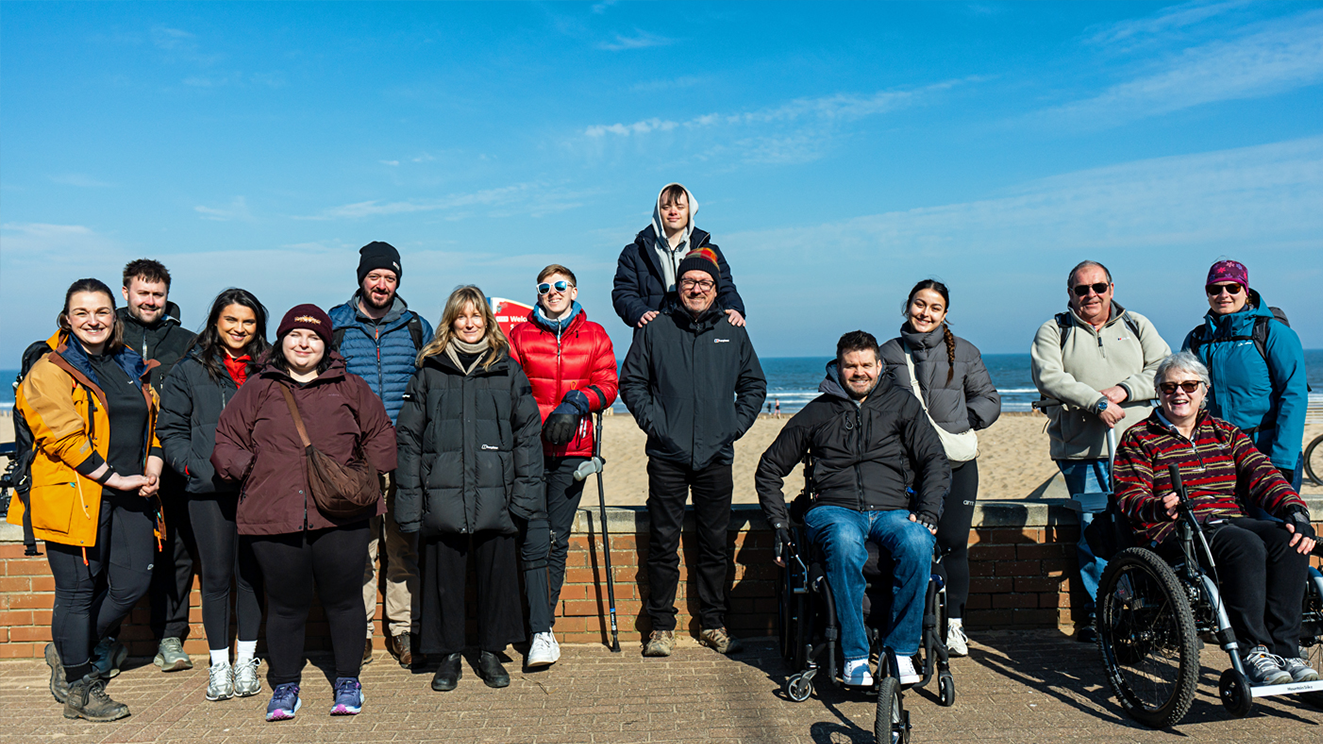After 25 years of running, I finally got a gait analysis – here are 5 things I’ll be doing differently on the trail (plus the shoes I’m going to keep wearing)
You don’t have to change the way you run, but you might want to change everything else after this
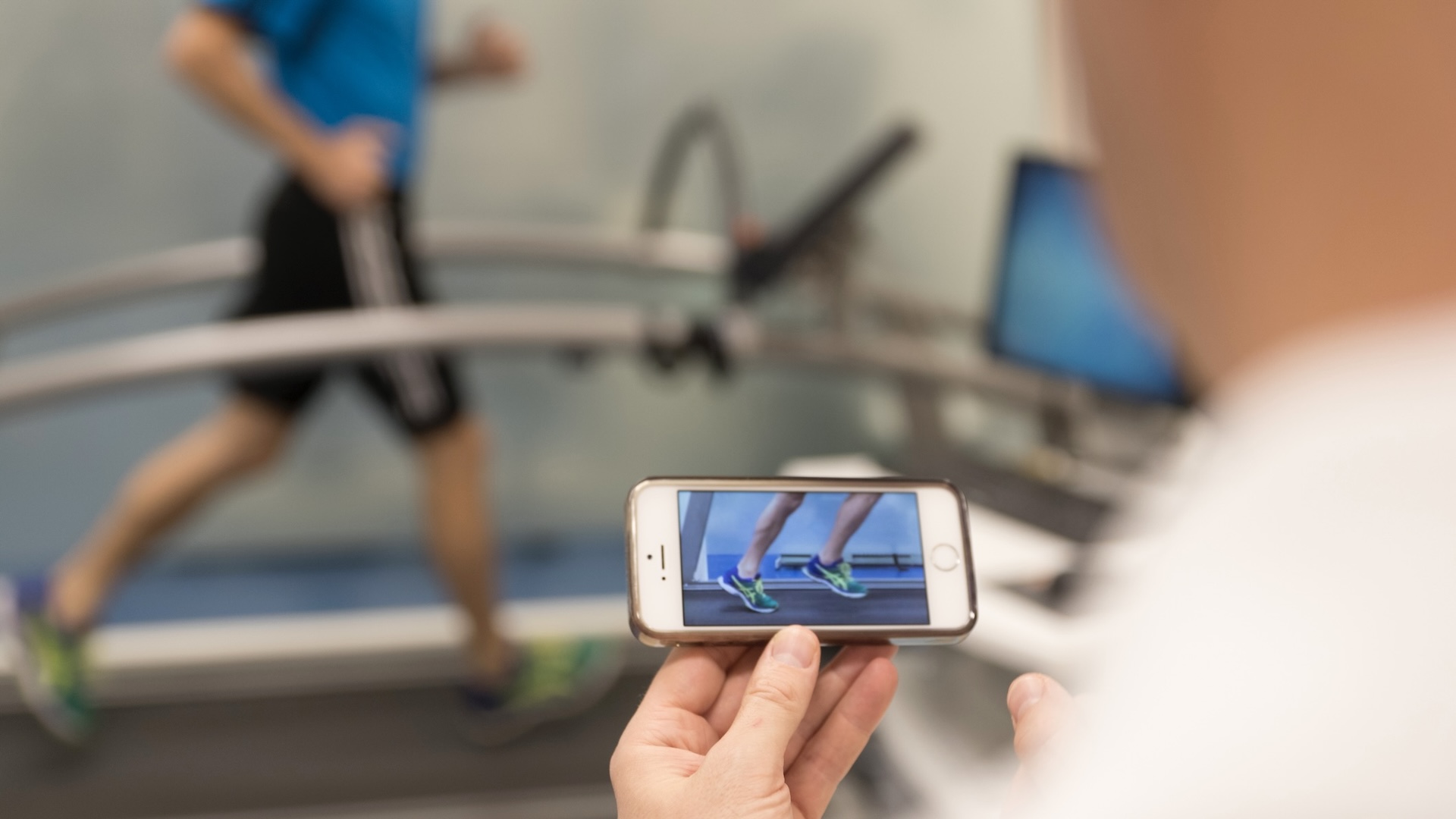
It’s a Wednesday morning and I’m jogging at a brisk pace on a treadmill – not the kind of place you’ll usually find me, as a lover of wilderness trails on which to get my paces. Blessedly, after just 30 seconds it’s all over, and Elena, my running gait analysis expert here at the Runner’s Need store in Glasgow pulls up a video of me running.
Together, we watch the footage in slow motion, revealing what deep down I’ve always suspected to be true – I’m not likely to be hired as a running shoe model any time soon.
“Your left foot does overpronate slightly, which you can see when you land – it does roll in a bit,” explains Elena.
A bit is putting it kindly. I can clearly see my inner arch collapsing with each step and my toes turning out. Pronation happens naturally when we run – it’s how your body absorbs shock – but what I’m demonstrating is “excessive” pronation. I’ve had two knee surgeries on my left knee, which Elena says could be the culprit, but equally, some of us are just built that way, while one 2023 study suggests it can even be the result of running for periods of longer than 45 minutes at a time.
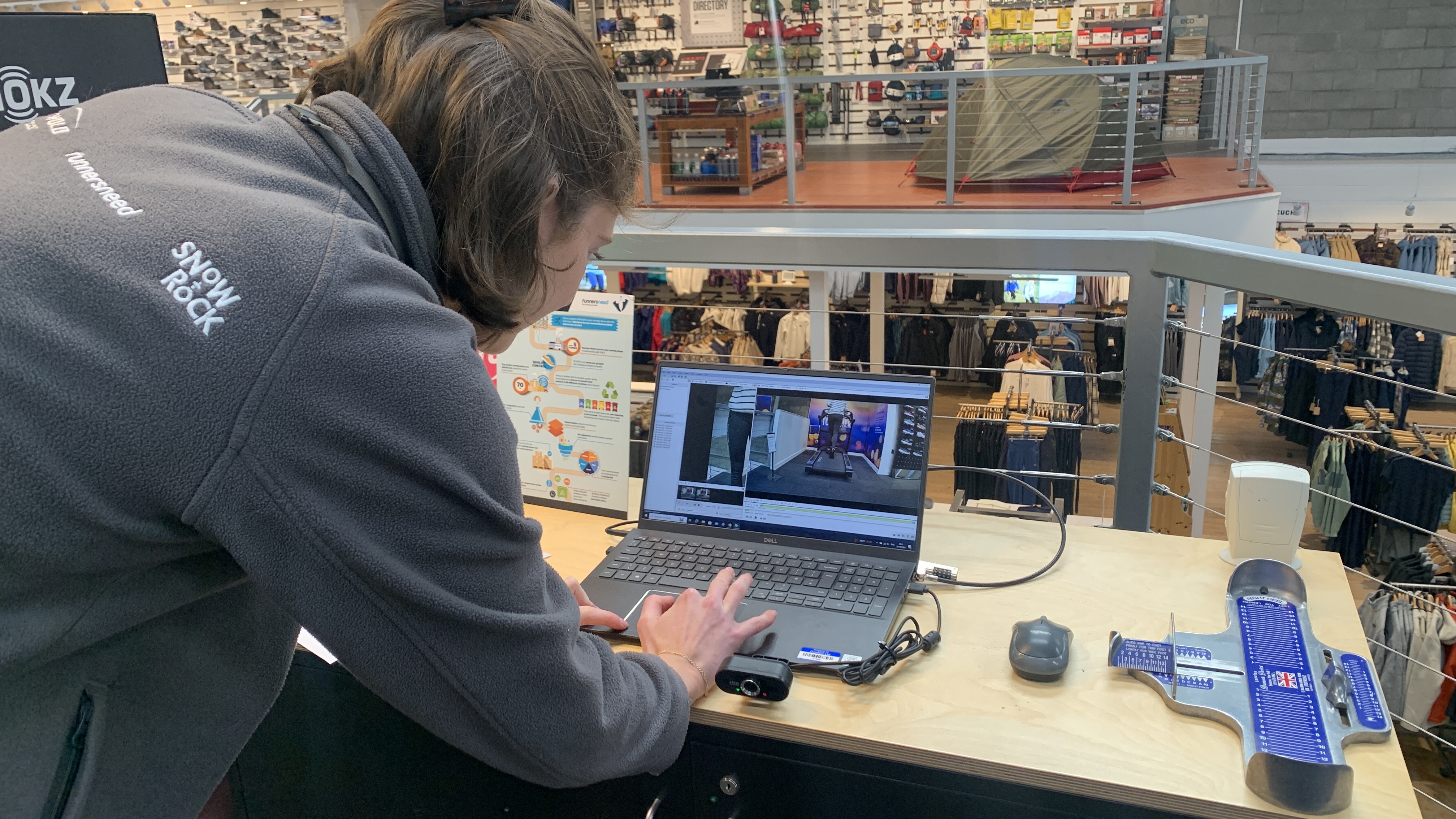
I brace myself for her to tell me to stick to hiking, but in fact, it turns out the news isn’t as bad as I thought.
“If you’re not getting any injuries, it’s nothing to worry about,” says Elena. And I'm not, so far.
She’s quick to clarify that she’s not a physical therapist, but this assertion is backed up by a year-long 2014 study of over 900 runners published in the British Journal of Sports Medicine which didn’t find a correlation between overpronation and injury risk. So can I just keep doing what I'm doing?
Not exactly. I do put in anywhere from 15 km to 25 km per week in my running shoes, and as with anything, increased volume can change outcomes.
Advnture Newsletter
All the latest inspiration, tips and guides to help you plan your next Advnture!
“Over time that repetitive movement can cause strain on your ligaments and that can cause issues down the line," explains Elena.
Issues down the line are something I’d like to avoid, but fortunately, I’m able to glean some great advice from my session. Here are five things I learned and will be doing differently going forward when it comes to hitting the trail.
1. I need to be more discerning about my shoes
Thanks to my job, I hit the trails in all shapes and sizes of shoes from the ultralight Merrell Long Sky 2 Matryx to the chunky Nike Zegama 2s. But it turns out what I need to be looking for are stability shoes.
Elena put me in a big, bouncy pair of On Cloud 5s for the test, explaining that she typically has runners wear these or a pair of Brooks Ghost 16 because their neutral design makes it easier for her to see a runner’s gait. These are generally a good choice for people with a neutral gait, or even that rare breed that supinates, but now, Elena wants me to run again wearing a pair of stability shoes – basically, shoes with some cushioning, a wider geometry and arch support for runners with normal arches who might overpronate a little.
“It just kind of stabilizes the ankle, so it doesn’t actually fix your gait, but it does help.”
I change into a pair of Brooks Adrenaline GTS Support Running Shoes which she shows me have so-called “guide rails” to help stabilize my ankle and have more arch support to keep me from rolling in on my left foot. It sounds a bit gimmicky, but she has my attention.
I do another 30-second bout on the hamster wheel at the same speed and then we go back to the computer and watch the two videos side by side in slow motion once again. The cynic in me hates to admit it, but my gait already looks significantly better.

Am I just intoxicated by the sight and heady scent of all these beautiful new running shoes and getting caught up in the marketing hype? I pose this question to Keri Bergeron, a Denver-based physical therapist but she confirms that I could be more discerning in my shoe choice.
“I would recommend that having better shoes that get you in a more neutral foot position would be ideal, regardless of the distance that you’re running,” says Bergeron.
“Over time, the altered mechanics in your foot will change the angles of force at your knee and at your hip up the chain, so though you’re not having any issues at the moment, I do think that it would be super helpful in preventing issues going forward.”
The one slight hitch here is that right now, most stability shoes are road running shoes – the Asics Gel Kayano are considered some of the best on the market – and there isn’t much out there for trail runners like myself. That said, there are trail running shoes that do offer better stability just because of the way that they’re made.
Back at home, I survey my small mountain of running shoes armed with my new knowledge and I’m pleased to realize that there might be a good reason I’ve been enjoying the new Hoka Speedgoat 6s so much this fall – they may not officially be stability shoes, but with their wide geometry and more rigid midsole, they perform a lot of the same tasks. They’re going to see a lot more miles this winter.
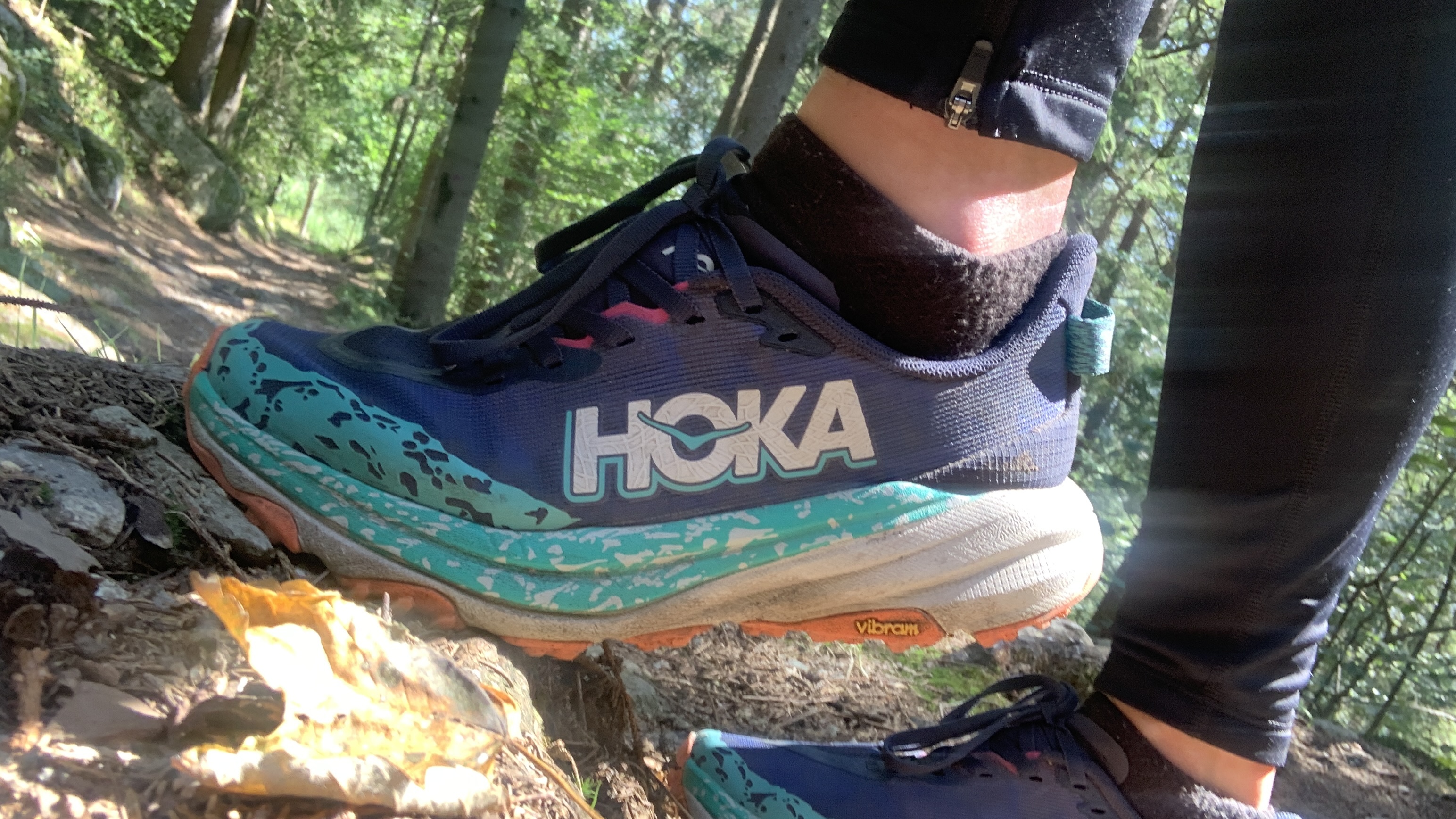
2. I’m sticking to the trails from now on
I’m already well-disposed to prefer trail running over road running. The softer surface feels better on my joints, I like that I have to work harder and get more bang for my buck and most of all, I love being out in nature.
That said, when I’m short on time or traveling, I do find myself donning my Saucony Kinvara Pros from time to time and hitting the tarmac. That's okay, but as Elena explains, my preference for trail as an overpronator is probably a better choice.
“Trail is less impact and because it’s such varied terrain you don’t have such repetitive movement, every step is different. It’s softer ground and it is a bit less impactful than running on the road.”
In other words, running on roads (or the treadmill) usually forces you into highly repetitive movement patterns which can reinforce small niggles and issues until they become big niggles and issues. But wind your way through a forest, skip over uneven terrain and tear up and down hills all the while changing how you strike the ground and overpronation will matter a lot less to your joints.
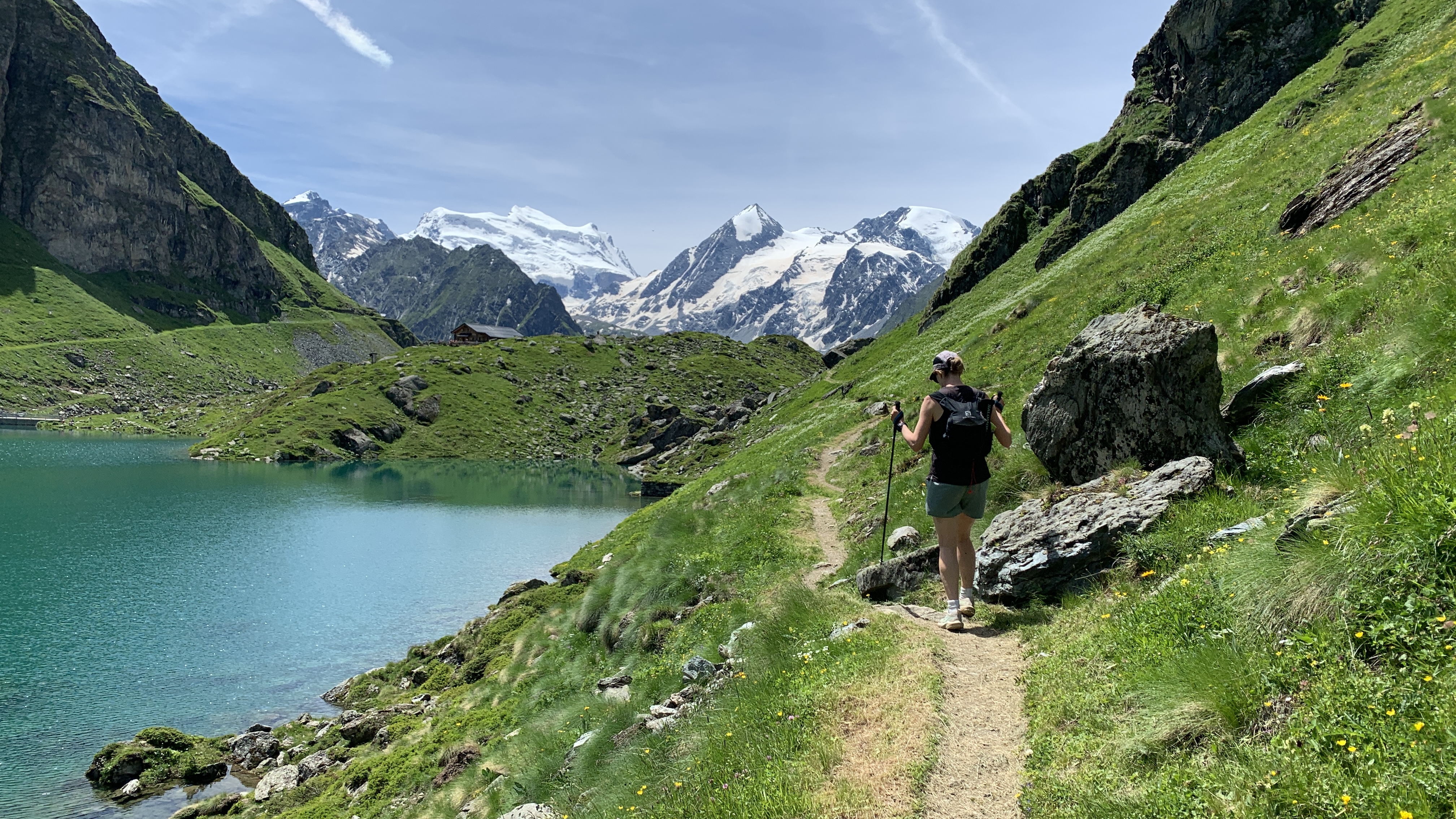
3. I can stop worrying about how I run
Worrying might be an overstatement, but I've definitely been aware that I tend to roll inward over the years, and I've often wondered whether I should see a coach or PT to try to change things. After all, a quick internet search reveals no end of running experts who will advise you on how to fix your running gait. Do I need to start from scratch? At my age?
Luckily, Elena urges me not to get too bogged down in trying to change the way I run, and just let my shoes do the work.
“If you’ve never had an issue, I wouldn’t worry about your gait too much. Just run the way you want to run.”
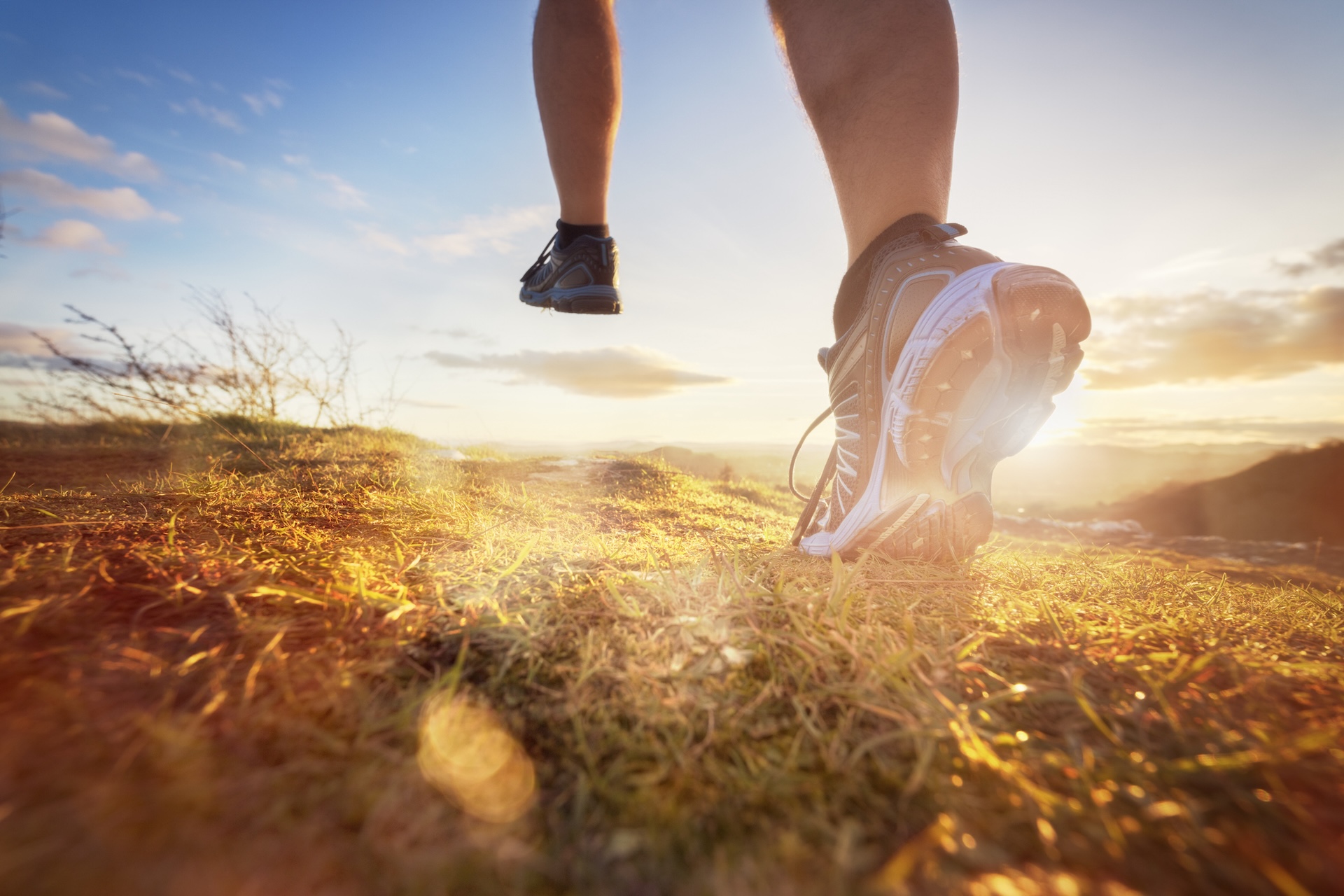
4. I’ll be saving my soft shoes for recovery
I’m the first to admit that a soft, plush sole on a running shoe can feel really lovely. But it can also mean I’m getting less support, according to Elena.
“If you overpronate with them you’re just going to make it worse because you’re just collapsing in more.”
Do I need to donate my beloved Nike Wildhorse 8 shoes then? Not at all, but I’ll probably save them for recovery days now, when I want to pad around outdoors after a long run in comfort.
I’d love to do that in a pair of OOFOS OOahh Slides, don’t get me wrong, but with the climate in Scotland and winter on the way, a closed shoe is required, plus this gives me something to do with all my bouncy, rocker sole road running shoes I won’t be using anymore.
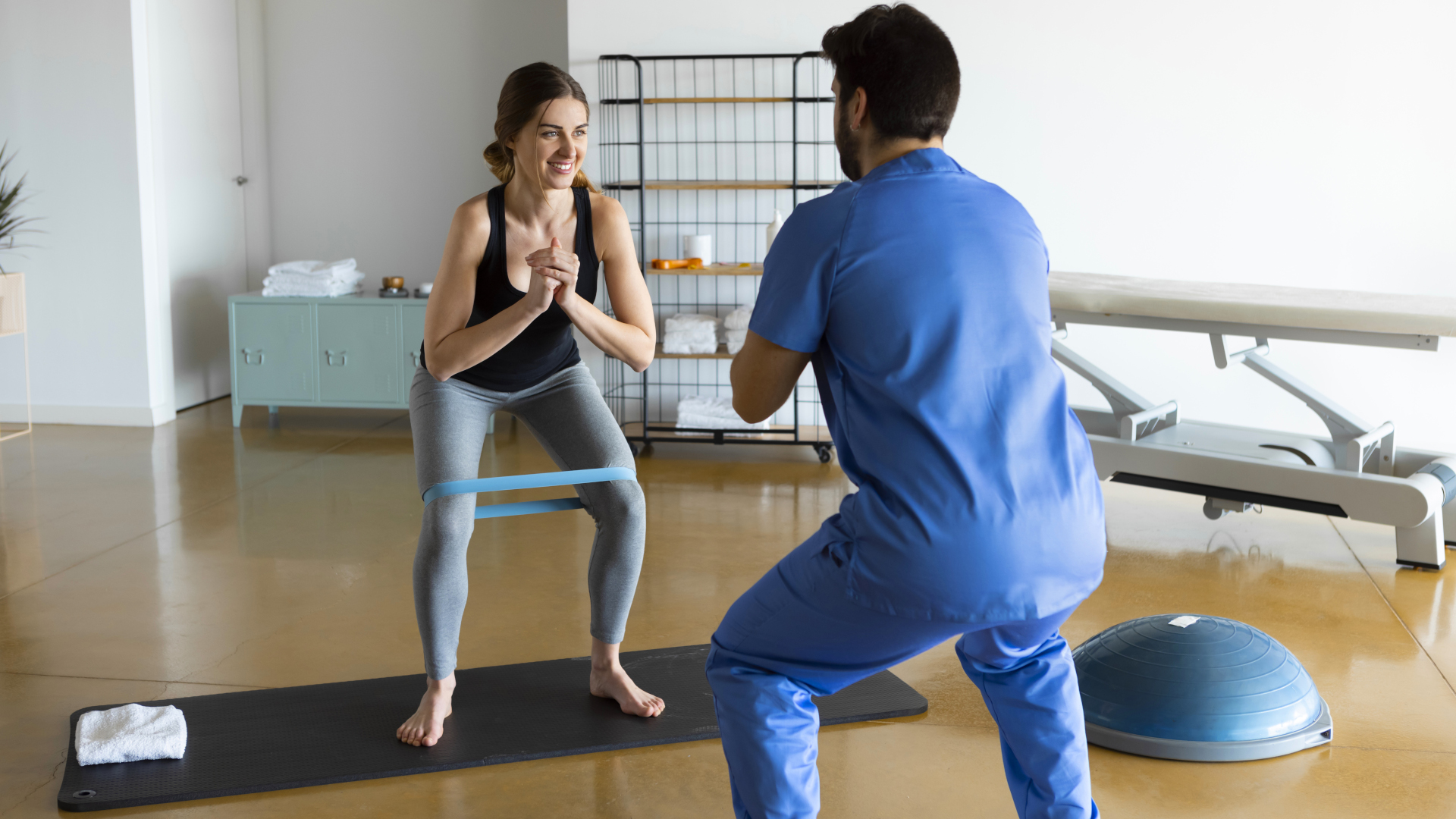
5. I need to do my glute homework
As impressed as I am with what a difference a shoe makes, expecting my Speedgoats to solve all my problems is a bit like thinking my Coros Pace 3 watch will make me fitter. It might give me more tools, but it’s not a replacement for actually doing the work.
Though I don’t need to change how I run necessarily, I can take a closer look at my own biomechanics, according to Bergeron.
“What can tend to happen with overpronation is the knee can tend to knock inward so side glute strengthening such as glute medius and minimus work would be super important to help keep your hip and knee and in turn pelvis stable over time.”
Great, I think to myself, not only did I have to run on a treadmill today but now I have to do the dreaded clamshells too. Bring on the resistance bands!
Julia Clarke is a staff writer for Advnture.com and the author of the book Restorative Yoga for Beginners. She loves to explore mountains on foot, bike, skis and belay and then recover on the the yoga mat. Julia graduated with a degree in journalism in 2004 and spent eight years working as a radio presenter in Kansas City, Vermont, Boston and New York City before discovering the joys of the Rocky Mountains. She then detoured west to Colorado and enjoyed 11 years teaching yoga in Vail before returning to her hometown of Glasgow, Scotland in 2020 to focus on family and writing.

